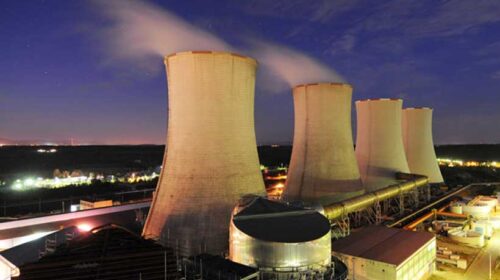The Pakistan Atomic Energy Commission (PAEC) and China Zhogyuan Engineering Cooperation signed a “Framework Agreement on Deepening Nuclear Energy Cooperation” in September 2021, but such nuclear cooperation dates back to the late 1970s. There has been a lengthy history of nuclear cooperation between China and Pakistan. Nuclear cooperation is aimed towards country development under IAEA norms. Pakistan and China have never engaged in a nuclear arms race. Pakistan is seeking nuclear cooperation with China largely to meet its own energy needs. Nuclear cooperation between the two nations aids in the growth of Pakistan’s energy industry and the achievement of long-term development goals. In the early 1970s, Pakistan wanted aid in developing its nascent nuclear programme in order to handle its energy crises, while China desired to boost Pakistan as a strategic ally in South Asia and a regional balancer against India. China has played an important role in assisting Pakistan in developing nuclear energy technologies and building nuclear power stations. In 1986, China and Pakistan signed a historic agreement to expedite the export of civil nuclear technology. Following the agreement, China opted to transfer its indigenous developed Qishan-1 nuclear power plant in 1991. The construction of the Chashma Nuclear Power plant that generates 300 MWe became operational in 2000. Later on, Pakistan announced the construction of C-2 (2005), C-3, and C-4 nuclear reactors that have been operational since 2016 and 2017. All these nuclear power plants are in accordance with the IAEA safeguards. This nuclear collaboration was further extended to the Karachi Nuclear Power Plants K-2 and K-3, which have a combined net capacity of 1014 MWe. Five operational nuclear power stations have a total energy capacity of 1318 MWe. With the installation of K-2 and K-3, Pakistan is scheduled to produce 3346 MWe of nuclear energy by 2022.
Pakistan Nuclear Power Plants
| Reactor | Type | Province | N/C(MWe) | Status | Operator | Reactor Supplies | Construction date | Commercial date |
| KANUPP-1 | PHWR | Sindh | 125 | Operational | PAEC | CGE | 1966 | 1972 |
| CHASNUPP-1 | PWR | Punjab | 300 | Operational | PAEC | CNNC | 1993 | 2000 |
| CHASNUPP-II | PWR | Punjab | 300 | Operational | PAEC | CNNC | 2005 | 2011 |
| CHASNUPP-III | PWR | Punjab | 315 | Operational | PAEC | CNNC | 2011 | 2016 |
| CHASNUPP-IV | PWR | Punjab | 313 | Operational | PAEC | CNNC | 2011 | 2017 |
| KANUPP-II | PWR | Sindh | 1014 | Operational | PAEC | CZEC | 2015 | 2021 |
| KANUPP-III | PWR | Sindh | 1014 | Non-operational | PAEC | CZEC | 2016 | Under Construction |
Due to the growing China-Pakistan civil nuclear cooperation, there is a large number of international concerns that the nuclear cooperation between the Pakistan and China is not in accordance with the Nuclear Supplier Group (NSG) and is against the guidelines of Nuclear Non-proliferation treaty (NPT). Despite criticism, the process of Sino-Pak nuclear cooperation seems irreversible for the following reasons.
- China and Pakistan share a long history of strategic ties with each other
- Pakistan has a central position in the China global strategy of the Belt Road Initiative (BRI)
- China is also deeply integrated into the global non-proliferation regime and is considered a responsible nuclear-weapon state.
- Pakistan, as a member of many nuclear security regimes, is dedicated to improve its non-proliferation credentials.
- The cooperation in the civil nuclear technology reflects the commercial and trade motivations to address the energy crises rather than traditional security dimensions.
China has said on several occasions that nuclear cooperation between China and Pakistan is solely for peaceful reasons. China Pakistan civil nuclear cooperation focused on alleviating the gap between the production and consumption of energy but their cooperation in other areas such as nuclear medicines, agriculture, pharmaceutical, and education has remained limited. The civil nuclear cooperation will not only reap economic fruits but will also overcome extremism in Pakistan that is prevalent due to poverty and unemployment. In short, the civil nuclear cooperation between China and Pakistan implies their contribution to the sustainable development goals and adds a new narrative that the peaceful use of nuclear technology is more significant for national development and prosperity rather than a nuclear arms race.





